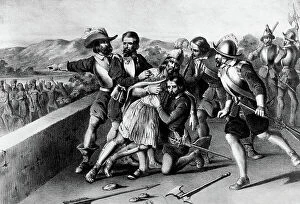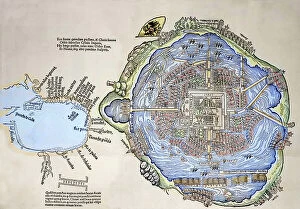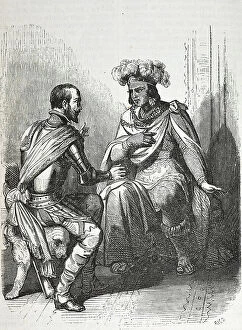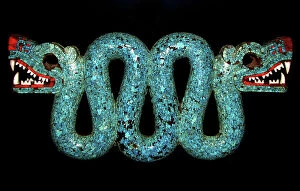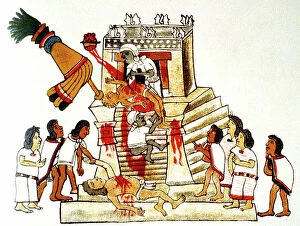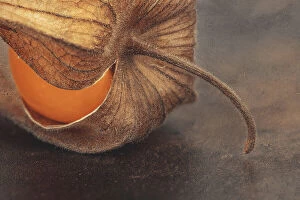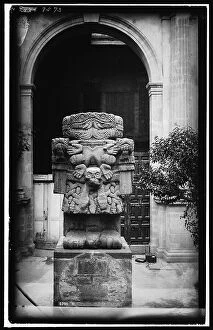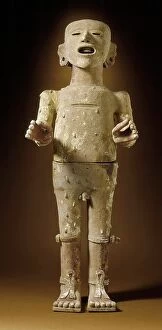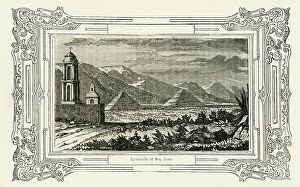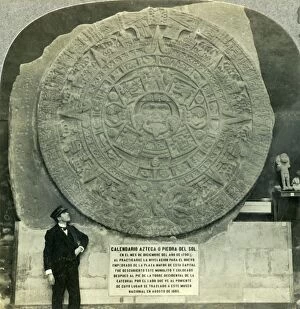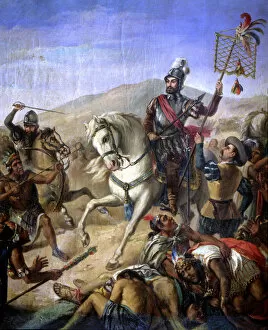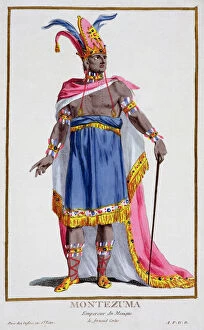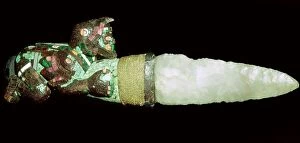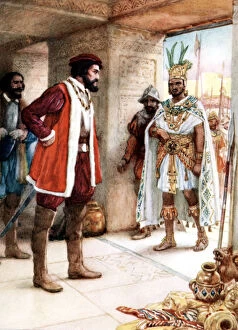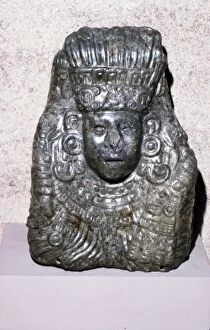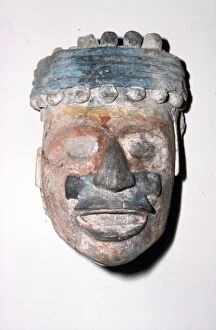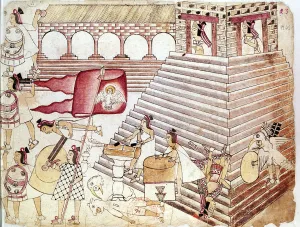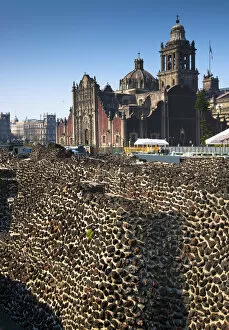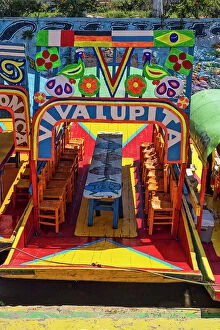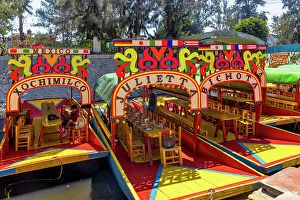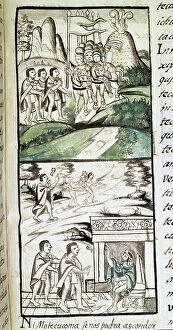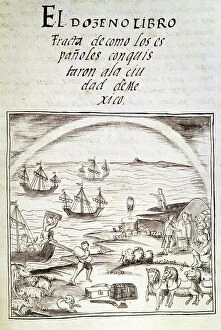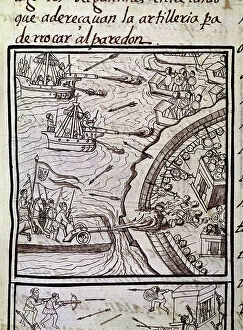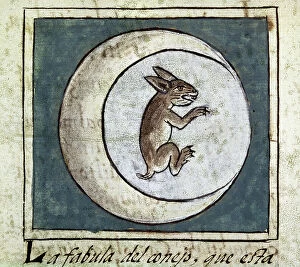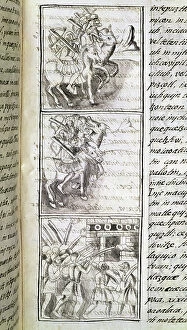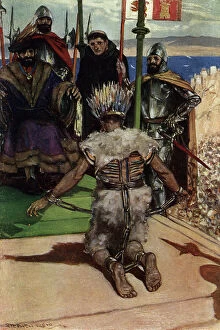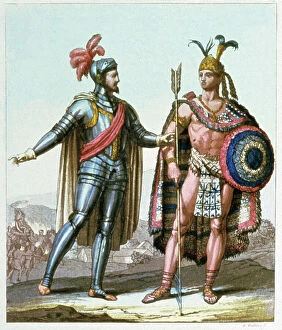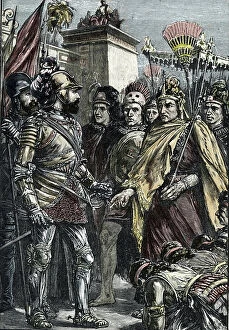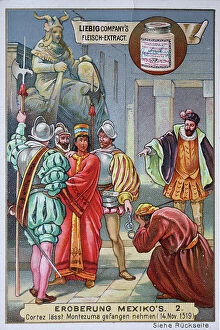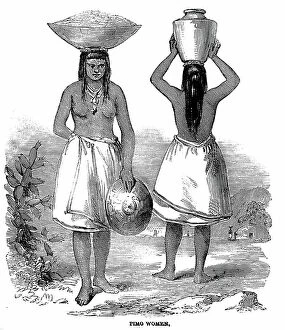Aztec Collection (page 4)
"Unveiling the Mysteries of the Aztec Civilization: From Ancient Calendars to Modern UFOs" Step into the captivating world of the Aztecs
For sale as Licensed Images
Choose your image, Select your licence and Download the media
"Unveiling the Mysteries of the Aztec Civilization: From Ancient Calendars to Modern UFOs" Step into the captivating world of the Aztecs, as we explore their rich history and cultural artifacts. Marvel at the intricate Aztec calendar, a testament to their advanced understanding of time and celestial movements. Delve deeper into their civilization with Alonso de Santa Cruz's detailed map of Tenochtitlan, providing a glimpse into Mexico's past. Discover Teotihuacan through a vibrant souvenir blanket adorned with an enchanting Aztec calendar design, showcasing their artistic prowess. Uncover the enigmatic tale of an alleged UFO crash in Aztec, New Mexico - blending ancient legends with modern mysteries. Unlock secrets hidden within ancient texts like Codex Borbonicus and Codex Borgia; these sacred manuscripts offer glimpses into ritual practices and divination methods employed by Mesoamerican cultures. Ascend to new heights atop the Pyramid of the Moon for breathtaking views along Avenue of the Dead - where history echoes through every stone. Witness Hernan Cortes receiving twenty indigenous people from Tabasco as gifts from a cacique - a reminder of tumultuous encounters between civilizations during colonization. Experience spiritual cleansing firsthand as an Aztec folk healer performs rituals in Zocalo, Plaza de la Constitucion. Immerse yourself in this extraordinary civilization through hand-colored woodcuts that bring stories to life. Finally, envision Templo Mayor complex reconstructed before your eyes – once again standing tall as it did centuries ago. The legacy left behind by the mighty Aztecs continues to captivate our imagination today – join us on this journey back in time.

